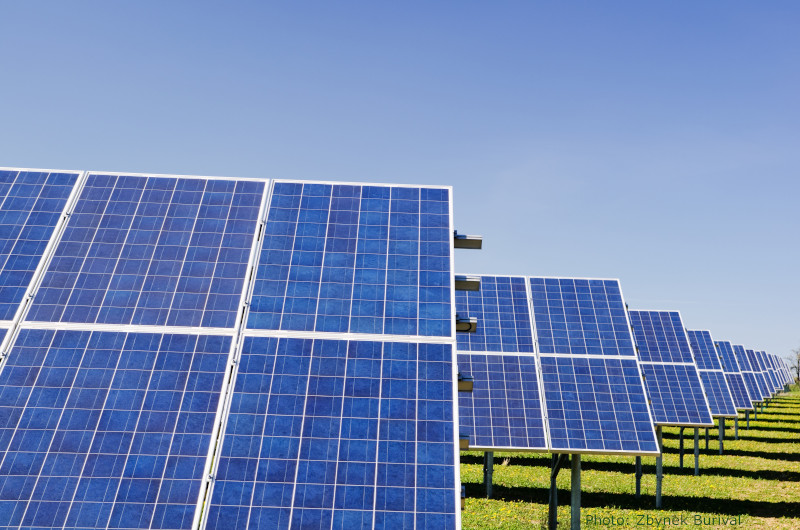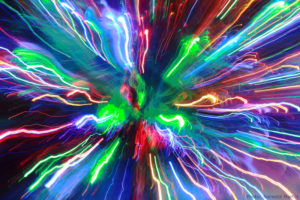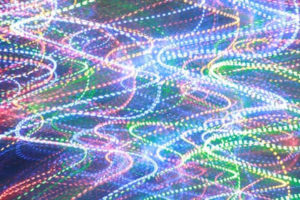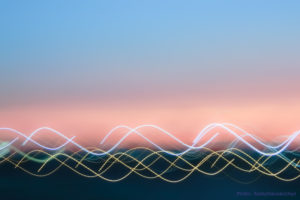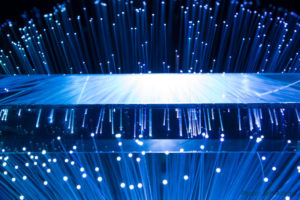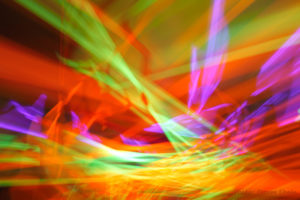The Energy Grid
Is here to stay
NATURAL ENERGY
LET’S EXPLORE
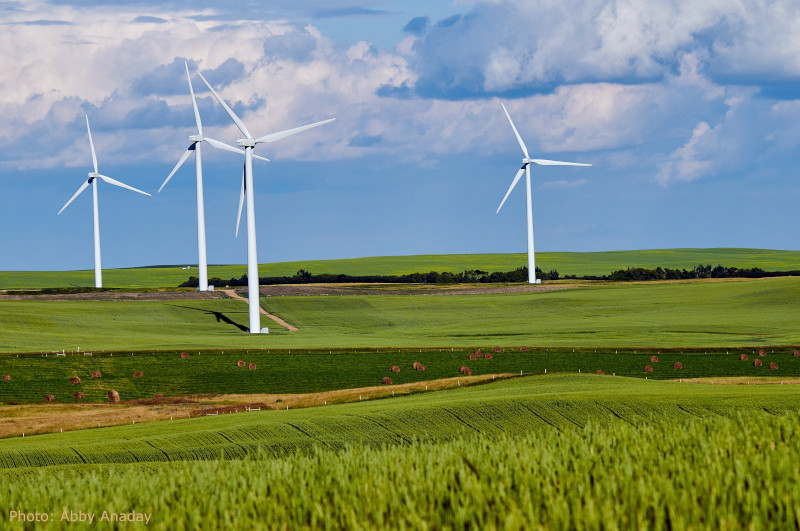
Solar Energy, Wind Power, Tidal Waves, Earth’s Warmth…
These are all natural energy! The current technical revolution however, is evolving with such a high speed, that we hardly have time to take a deep breath, sit back and contemplate on how we can implement and integrate these diverse techniques for the benefit of us all.
Recently new trains were introduced in Germany for public transport, fueled by… Hydrogen! This is simply amazing, because water is in abundance everywhere.
Nevertheless, we have to take into account also what it’ll cost us when introduced on a large scale, and how other natural sources for electricity can be as beneficial, or used in co-dependency.
Let’s Explore
EFFICIENT NETWORK
______
We came up with the idea to connect this energy network to the hexagonal hectare grid, as the infrastucture will be already there. It was a lightbulb moment!
According to the Dutch Gerrit Jan Ruijg, MSc., long-distance electricity transmission could adjust very well to this grid, as it has many advantages. The transmission is done through direct current, internationally known as: ‘High Voltage Direct Current’.
Alternating Current
______
Most of us are familiar with Alternating Current (AC), as this is the type of electricity commonly used. Simply explained, this is a type of electrical current in which the direction of the flow of electrons switches back and forth at regular intervals or cycles.
This voltage switching polarity is the oscillating or alternating aspect. It has the advantage of being able to convert voltage levels with a transformer. That’s why most homes are wired for AC.
Direct Current
______
With Direct Current (DC), the electricity only flows in one direction. Voltage and current can vary over time, so long as the direction of flow does not change. Therefore the voltage is a constant. This type of electricity is used for many devices.
Think of mobile phones, flat screen TV’s, flashlights, and hybrid and electric vehicles, and everything that runs off of a battery. These need to be charged by plugging an AC adapter into the wall, and for computers there’s the USB cable.
Long Distance
______
Then why would we chose for long-distance electricity transmission? Electricity is difficult to store, and that certainly applies to seasonal storage derived from solar power and windturbines and other tidal sources.
But it is very easy to transport direct current over thousands of kilometers, and almost completely without loss (<5%). This means there’ll be a continuous supply no matter in what climate you live.
Verily, the wind always blows somewhere, and half of the Earth is mostly bathed in sunlight. It could work!
EXTENSION CORD
______
The Netherlands already took a leap into the future in 2008 with the NorNed cable between Southern Norway and Eemshaven, which transports electricity over 580 km with a loss of around 4.5%.
The BritNed cable between London and Europoort was added in 2011, and the CoBrA cable between Denmark and Eemshaven will soon be online.
In China a connection of more than 3000 km has recently been put into operation, and the Chinese are already waving the extension cord. (electric silk route, geidco.org, etc.).
ENOUGH FOR EVERYONE
______
50 years ago, the American architect, inventor and visionary Richard Buckminster-Fuller stated that if we connect all the electricity networks of the world, there is always enough energy available for everyone.
Since then, these ideas have evolved further, but yet need to be worked out into a comprehensive but manageable plan. Could it be that we need more disciplines working together in order to get the overall picture right? We would love to get things rolling. Please let us know if you can contribute and stay tuned for further updates on this investigative plan.
The Sky Is The Limit?
Renewable Energy Campaign
Two in depth lectures have been held by Gerrit Jan on the above mentioned plan.
If you would like to find out more, you can contact us here.
NATURE’S ENERGY NOW!


